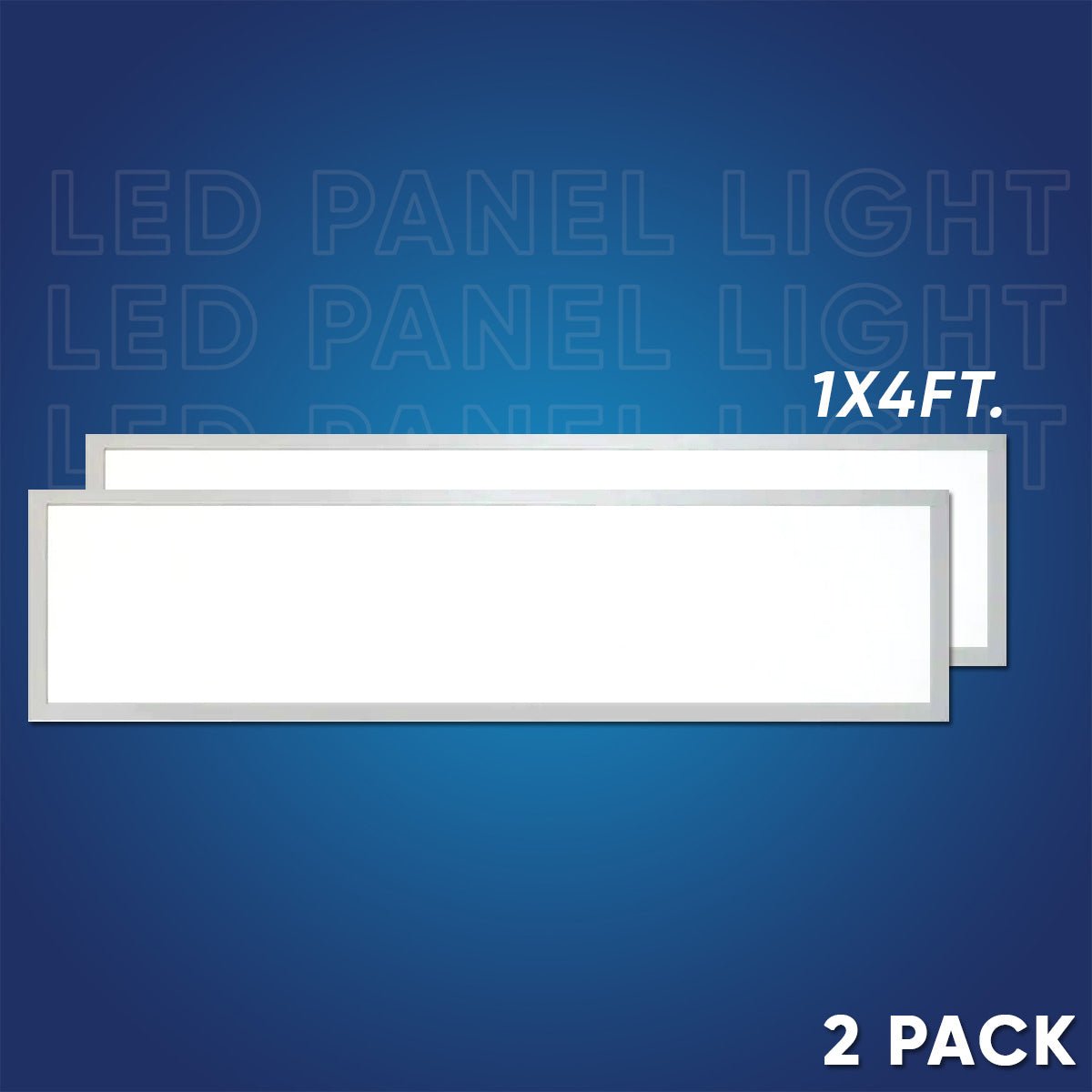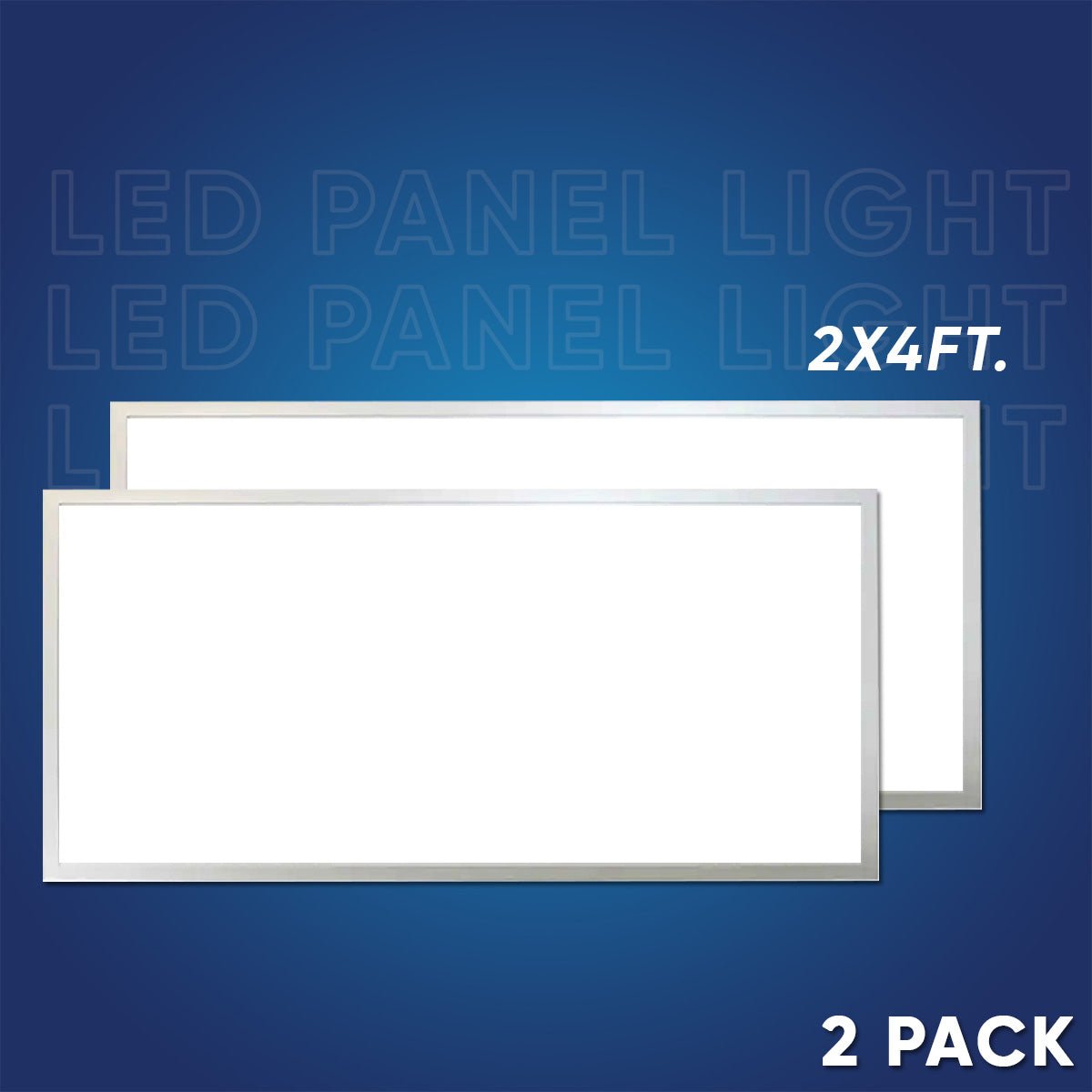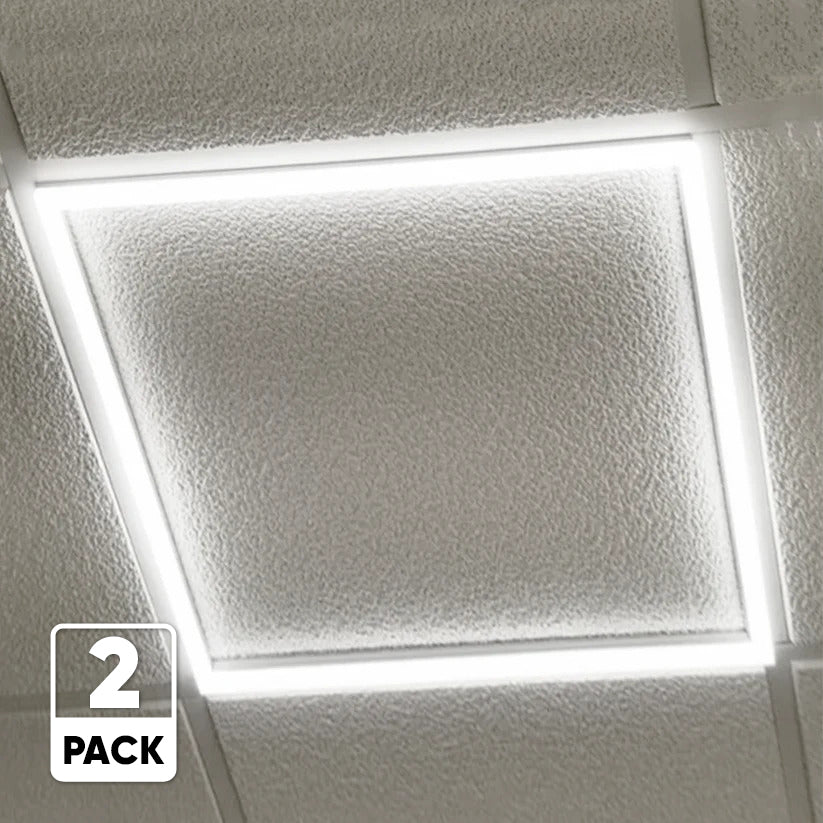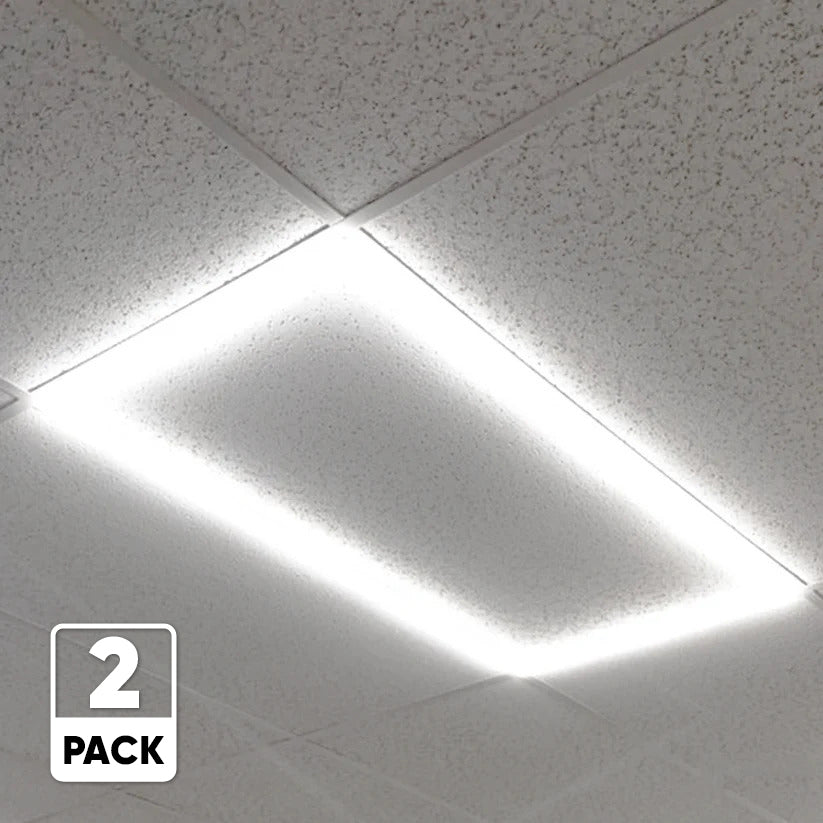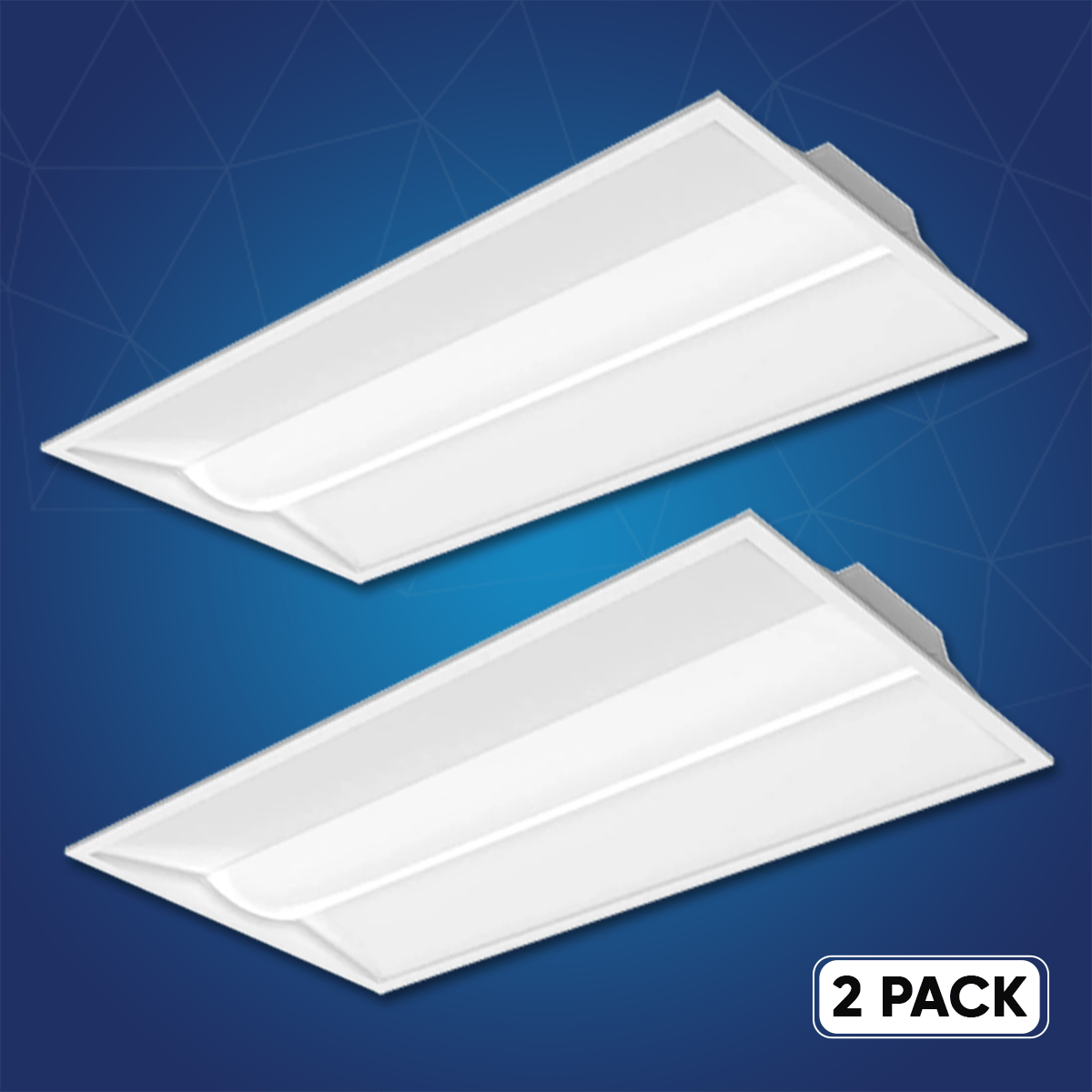In the world of lighting, LED technology has revolutionized the way we illuminate spaces. LED Panel Lights and LED Troffer Lights are two popular choices for various commercial and residential applications. In this article, we will delve into the differences between these two types of lighting fixtures, their unique features, and the ideal scenarios for their use.
Table of Contents
- Introduction
- What Are LED Panel Lights?
- What Are LED Troffer Lights?
-
Differences Between LED Panel Lights and LED Troffer Lights
- 4.1. Size and Design
- 4.2. Installation
- 4.3. Light Distribution
- 4.4. Applications
- Advantages of LED Panel Lights
- Advantages of LED Troffer Lights
- Choosing the Right Fixture for Your Needs
- Energy Efficiency and Cost Savings
- Maintenance and Longevity
- Environmental Impact
- Installation and Maintenance Tips
- Conclusion
- Frequently Asked Questions (FAQs)
Introduction
LED lighting has become the go-to choice for many when it comes to illuminating spaces efficiently. Among the various LED lighting fixtures available, LED Panel Lights and LED Troffer Lights stand out due to their versatility and performance. Let's explore these two lighting solutions and their differences.
What Are LED Panel Lights?
LED Panel Lights, often referred to as flat panel lights, are thin and sleek fixtures that provide uniform and glare-free illumination. They are designed to replace traditional fluorescent fixtures in drop ceilings. LED panel lights are known for their modern aesthetics and excellent light quality.
What Are LED Troffer Lights?
On the other hand, LED Troffer Lights are rectangular or square fixtures designed to fit into standard ceiling grids. These fixtures are commonly used in commercial settings like offices, schools, and healthcare facilities. LED troffers offer a wide and even distribution of light.
Differences Between LED Panel Lights and LED Troffer Lights
4.1. Size and Design
LED Panel Lights are typically thinner and flatter in design, resembling a flat panel. In contrast, LED Troffer Lights have a deeper and more robust build, designed to fit into grid ceilings.
4.2. Installation
Panel lights are surface-mounted or suspended, making them versatile for various installation methods. Troffer lights, however, are primarily recessed into the ceiling grid.

4.3. Light Distribution
Panel lights offer a more focused and downward light distribution, making them suitable for task lighting. Troffer lights provide broader, even illumination across a space, making them ideal for ambient lighting.
4.4. Applications
Panel lights are commonly used in residential settings, retail stores, and hospitality environments. Troffer lights are preferred for commercial and institutional spaces where consistent and wide-area lighting is essential.
Advantages of LED Panel Lights
- Slim and modern design enhances aesthetics.
- Ideal for spaces with lower ceiling heights.
- Suited for task-oriented lighting.
- Energy-efficient and long-lasting.
Advantages of LED Troffer Lights
- Wide and even light distribution.
- Perfect for commercial and institutional settings.
- Recessed installation maintains a clean ceiling appearance.
- Energy-efficient and cost-effective.
Choosing the Right Fixture for Your Needs
Selecting the right lighting fixture depends on your specific requirements. Consider factors like ceiling height, the purpose of lighting, and the overall design of the space when making your decision.
Energy Efficiency and Cost Savings
Both LED Panel Lights and LED Troffer Lights are energy-efficient, leading to significant cost savings over time. Their long lifespan reduces the need for frequent replacements, further contributing to lower maintenance costs.
Maintenance and Longevity
LED fixtures require minimal maintenance and have a longer lifespan compared to traditional lighting options. Regular cleaning and occasional driver replacements ensure consistent performance.
Environmental Impact
LED lighting is eco-friendly, as it consumes less energy and contains no hazardous materials like mercury. By switching to LED fixtures, you can reduce your carbon footprint and contribute to a greener planet.
Installation and Maintenance Tips
Proper installation and maintenance are crucial for the optimal performance of LED fixtures. Always follow manufacturer guidelines and seek professional assistance if needed. Regularly clean the fixtures to maintain their efficiency.
Conclusion
In conclusion, LED Panel Lights and LED Troffer Lights are both excellent choices for various lighting needs. Understanding their differences and advantages will help you make an informed decision when illuminating your space. Choose the fixture that best suits your requirements and enjoy the benefits of energy efficiency, cost savings, and quality illumination.
Frequently Asked Questions (FAQs)
1. Can I use LED Panel Lights in a commercial office space?
Yes, LED Panel Lights are suitable for commercial office spaces, especially when you require even and glare-free lighting.
2. Are LED Troffer Lights compatible with dimmer switches?
Yes, many LED Troffer Lights are compatible with dimmer switches, providing you with flexibility in adjusting the lighting levels.
3. Do LED fixtures require special disposal methods?
No, LED fixtures do not contain hazardous materials like fluorescent bulbs, so they can be disposed of in regular waste.
4. How do I clean and maintain LED Panel Lights and Troffer Lights?
Use a soft, damp cloth to clean the fixtures regularly. For maintenance, consult the manufacturer's recommendations or seek professional assistance.
5. Are LED fixtures expensive to install compared to traditional lighting?
While LED fixtures may have a slightly higher upfront cost, their energy efficiency and long lifespan result in cost savings over time, making them a wise investment.
















































































